Wei Hu
Crypto-secure Data Management with In-Database Blockchain
#1about 2 minutes
Understanding modern data security threats and vulnerabilities
Traditional security mechanisms focus on access control, but blockchain provides an additional layer to make critical data tamper-proof after a breach.
#2about 1 minute
The implementation challenges of conventional blockchain technology
Traditional blockchain is difficult to adopt because it requires new applications, development methodologies, data management products, and business processes.
#3about 2 minutes
Simplifying blockchain adoption with in-database integration
Integrating blockchain features directly into the Oracle database makes it easy to protect critical assets and documents with minimal application changes.
#4about 3 minutes
Creating and using immutable blockchain tables with SQL
A simple `BLOCKCHAIN` keyword in a `CREATE TABLE` statement creates an immutable table where new rows are cryptographically chained to prevent modification or deletion.
#5about 4 minutes
Verifying data integrity against sophisticated tampering
Built-in procedures can verify the cryptographic chain, and open-source code allows for independent verification even if the database software itself is compromised.
#6about 3 minutes
Detecting a complete data history rewrite attack
To defend against a total system compromise, cryptographic digests can be periodically published to external, public platforms to create an unchangeable verification record.
#7about 2 minutes
Securing mutable data using a blockchain change log
Non-blockchain tables can be protected by using an immutable blockchain table as a cryptographically secure change log, enabling features like Flashback Time Travel.
#8about 5 minutes
Comparing converged vs single-purpose database architectures
Oracle's converged database model integrates multiple data types and workloads into a single system, simplifying development compared to using separate databases for each task.
#9about 2 minutes
Bridging worlds with JSON relational duality views
The JSON Relational Duality feature allows the same underlying data to be viewed and manipulated as either traditional relational tables or as flexible JSON documents.
#10about 3 minutes
Summary and how to get started for free
In-database blockchain makes it easy to add data integrity to applications, and developers can try it now by downloading the free Oracle Database 23c release.
Related jobs
Jobs that call for the skills explored in this talk.
(Senior) IT Consultant für Payments / Banking (m/w/d)
msg
Ismaning, Germany
Intermediate
Senior
Swift
Blockchain
+1
Matching moments

25:24 MIN
Ensuring data privacy and security in HR analytics
Beyond Gut Feelings: The Rise of Data-Driven HR
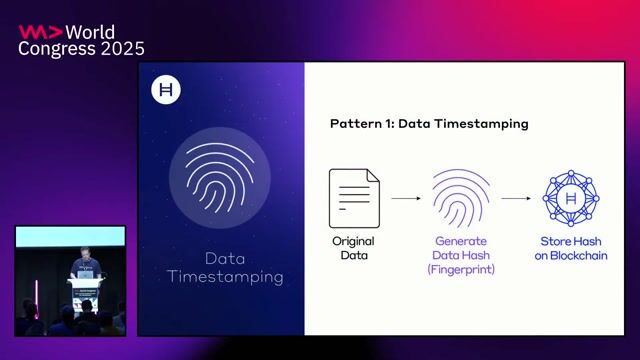
02:28 MIN
Using blockchain for tamper-proof data timestamping
Pragmatic Blockchain Design Patterns: Integrating Blockchain into Business Processes

02:13 MIN
How blockchain features improve voting integrity
Empowering Democratic Processes: Building a Hybrid Voting Platform
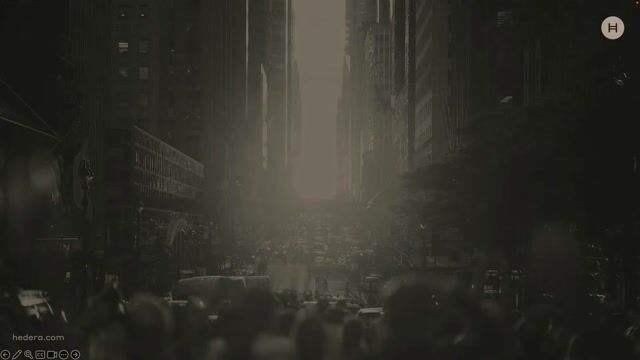
00:05 MIN
Understanding the synergy of AI and blockchain technology
Exploring 5 Key Applications of AI Abundance with Blockchain Assurance
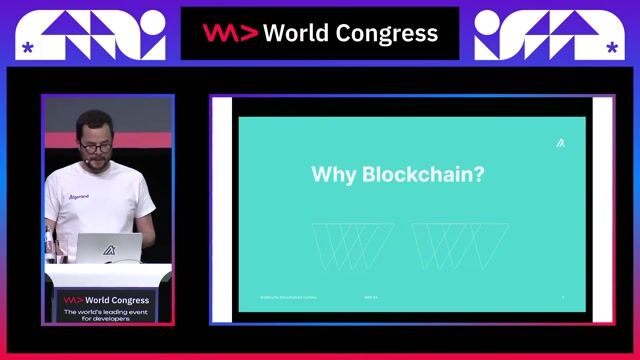
02:08 MIN
Using blockchain for data traceability and transparency
How to Build for Decentralized Systems
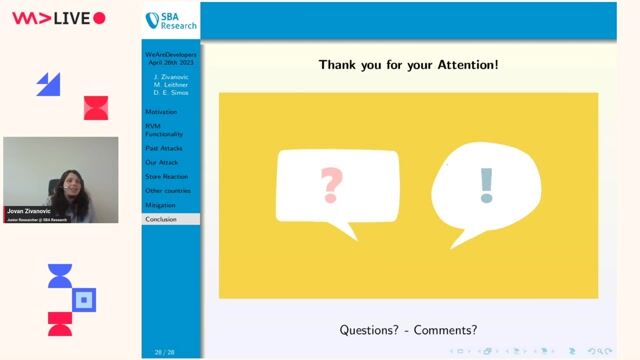
26:59 MIN
Q&A on blockchain, pentesting, and ethical implications
Reverse Vending Machine (RVM) Security: Real World Exploits / Vulnerabilities
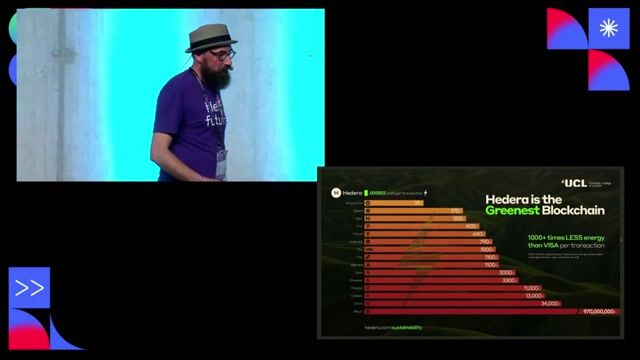
18:03 MIN
Understanding data structures and network integrity
A Primer on Blockchain and Hedera: An Intro Through Terms
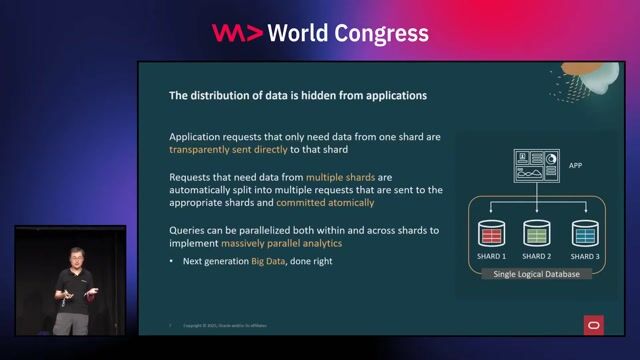
04:40 MIN
Solving data sovereignty requirements without application changes
Fault Tolerance and Consistency at Scale: Harnessing the Power of Distributed SQL Databases
Featured Partners
Related Videos
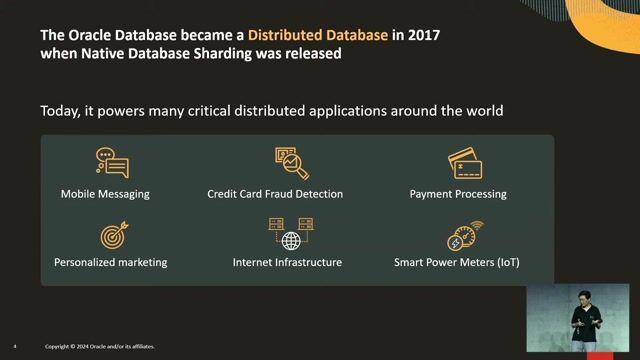 32:46
32:46Fault Tolerance and Consistency at Scale: Harnessing the Power of Distributed SQL Databases
Wei Hu
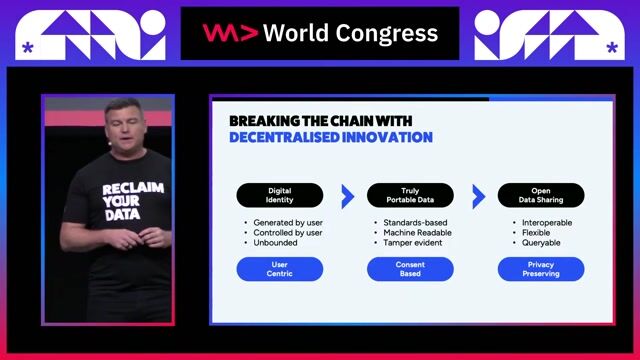 29:31
29:31Break the Chain: Decentralized solutions for today’s Web2.0 privacy problems
Adam Larter
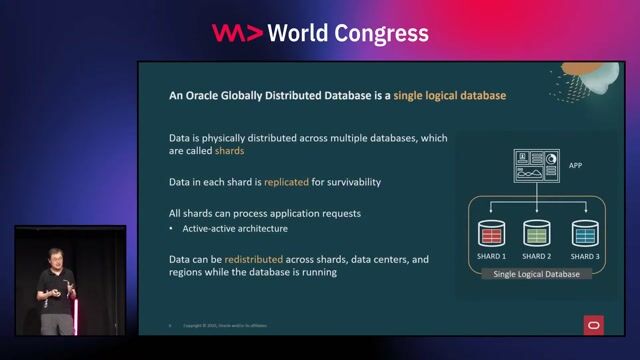 28:41
28:41Fault Tolerance and Consistency at Scale: Harnessing the Power of Distributed SQL Databases
Wei Hu
 28:57
28:57Blockchains are Dumb
Jonan Scheffler
 29:30
29:30Kubernetes and Microservices with Multi-Model Databases
Wei Hu
 26:41
26:41Overcome your trust issues! In a world of fake data, Data Provenance FTW
Jon Geater
 28:50
28:50Demystifying Crypto & Web3: A Technical Journey Through 15 Years of Innovation
Ed Marquez
 26:13
26:13Why You Should Care About the Decentralized Computing Movement
John Woods
Related Articles
View all articles



From learning to earning
Jobs that call for the skills explored in this talk.




Security Engineer- Smart Contract Auditor (Crypto / Blockchain)
Caiz
Frankfurt am Main, Germany
Remote
Intermediate
Ethereum
Solidity
Blockchain




